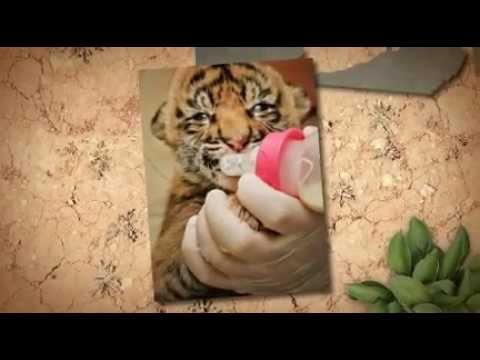- Highlights of Zoo in Review’s Annual Report, encapsulating key statistics and notable achievements in wildlife conservation.
- The intricate balance of zoo management, focusing on animal welfare, habitat enrichment, and sustainable practices.
- Advances in zoological research, showcasing breakthroughs in species conservation and breeding programs.
- The role of zoos in education and public engagement, emphasizing strategies to raise awareness about biodiversity.
- Future perspectives in zoo management and conservation, forecasting challenges and opportunities.
Zoo in Review’s Annual Report presents a comprehensive look at the strides made within zoos over the past year, emphasizing their role as stewards of wildlife conservation. This annual summary not only highlights the achievements and trials confronted by these institutions but also presents a lens to view the complex dynamics involved in zoo management. The report brings to the forefront essential statistics that offer a quantitative backing to the qualitative tales of success and the ongoing efforts to enhance biodiversity conservation.
At the heart of the report is the depiction of zoos as dynamic habitats where wildlife thrives, aiding in the preservation of endangered species. These sanctuaries have consistently evolved beyond their original purpose of entertainment, becoming pivotal in global conservation efforts. A snapshot from this report shows a significant rise in successful breeding programs, notably for endangered species such as the Sumatran tiger and the black rhinoceros. These achievements underscore the critical role zoos play in global species conservation endeavors.
Zoo management must strike a delicate balance—ensuring the welfare of each species while also addressing the ever-present challenge of habitat enrichment. Animal welfare is not merely a buzzword but the core of effective management. It encompasses aspects like nutrition, mental health, and physical environment quality. Zoos in Review’s data showcases an increased emphasis on creating environments that closely mirror an animal’s natural habitat, promoting physical and psychological stimulation. Innovations in habitat design have made it possible to simulate complex ecosystems, offering the animals an engaging and fulfilling environment. These measures are essential as they directly impact the health and well-being of animals, thereby improving the success rates of breeding and reintroduction programs.
Advancements in zoological research have further fueled these conservation and breeding successes. The Annual Report documents several breakthroughs in genetic research and breeding technologies that are helping save critically endangered species from the brink of extinction. Genetic diversity plays a pivotal role in the long-term survival of species; hence, zoos are leveraging cutting-edge techniques like artificial insemination and cryopreservation to ensure healthy, genetically varied populations. The involvement of zoos in such intricate research initiatives indicates a shift from being mere caretakers to becoming key players in global conservation science.
Moreover, Zoos in Review emphasizes the educational potential of zoos and their capacity to influence public perspectives on conservation. Through strategic education programs and interactive exhibits, zoos work assiduously to foster an understanding of biodiversity issues, encouraging visitors to engage in conservation. These programs are often designed in collaboration with schools and community groups, aiming to inspire the next generation of conservation stewards. Effective public engagement not only raises awareness but also affirms the significant role of zoos as educational institutions that help bridge the gap between humans and wildlife.
Looking ahead, the report predicts both challenges and opportunities in zoo management and wildlife conservation. Climate change presents a glaring challenge, threatening species’ survival and forcing zoos to rethink their conservation strategies. In response, zoos are adopting more sustainable practices in their operations, such as reducing carbon footprints and conserving water. These sustainable practices are crucial not just for minimizing the environmental impact but also for setting an example in commiting to holistic conservation models.
The evolving landscape of wildlife conservation also opens up opportunities for collaboration and innovation. Increased collaboration between zoos across the globe has led to shared resources, knowledge, and expertise, significantly magnifying their conservation impact. Collaborative networks support a shared vision of safeguarding wildlife for future generations, forming a united front against ecological challenges.
In conclusion, Zoo in Review’s Annual Report sheds light on the pivotal roles zoos play in conservation, education, and public engagement. By innovating within their walls and connecting with global conservation efforts, zoos continue to adapt and thrive in protecting the planet’s biodiversity. As these institutions embrace the future, their commitment mirrors the collective resolve to secure a harmonious existence between humans and the natural world, exemplifying dedication to championing wildlife conservation on a global scale.
*****
Source Description
Cameron Park Zoo’s annual report


